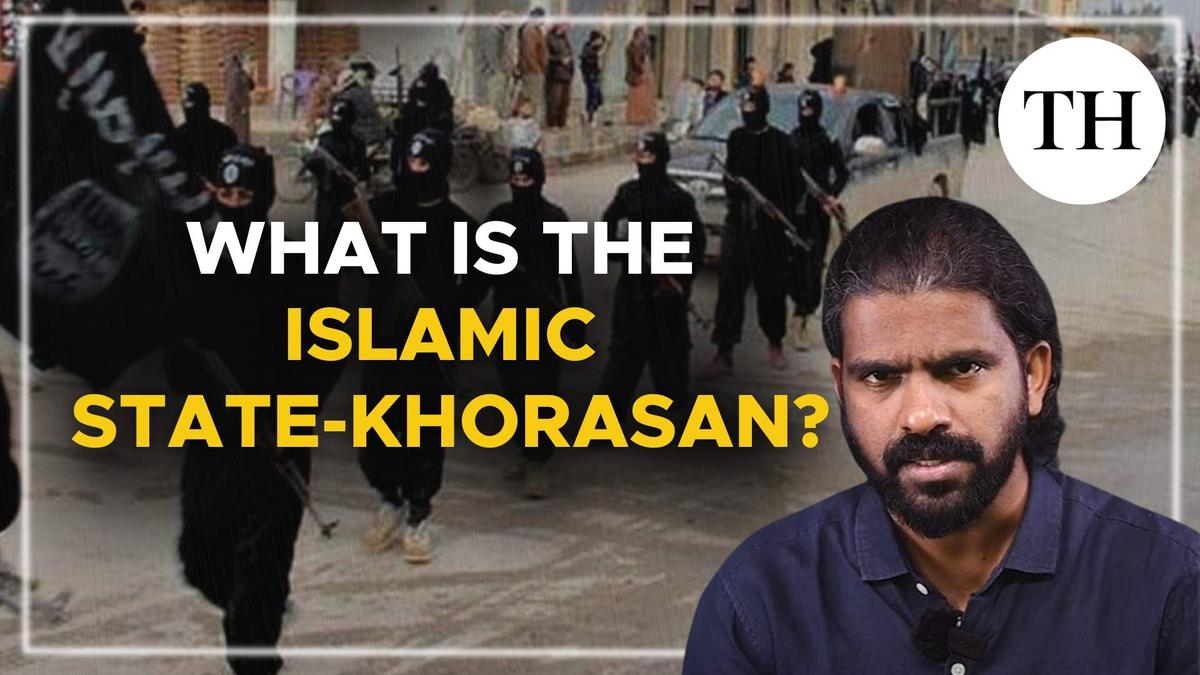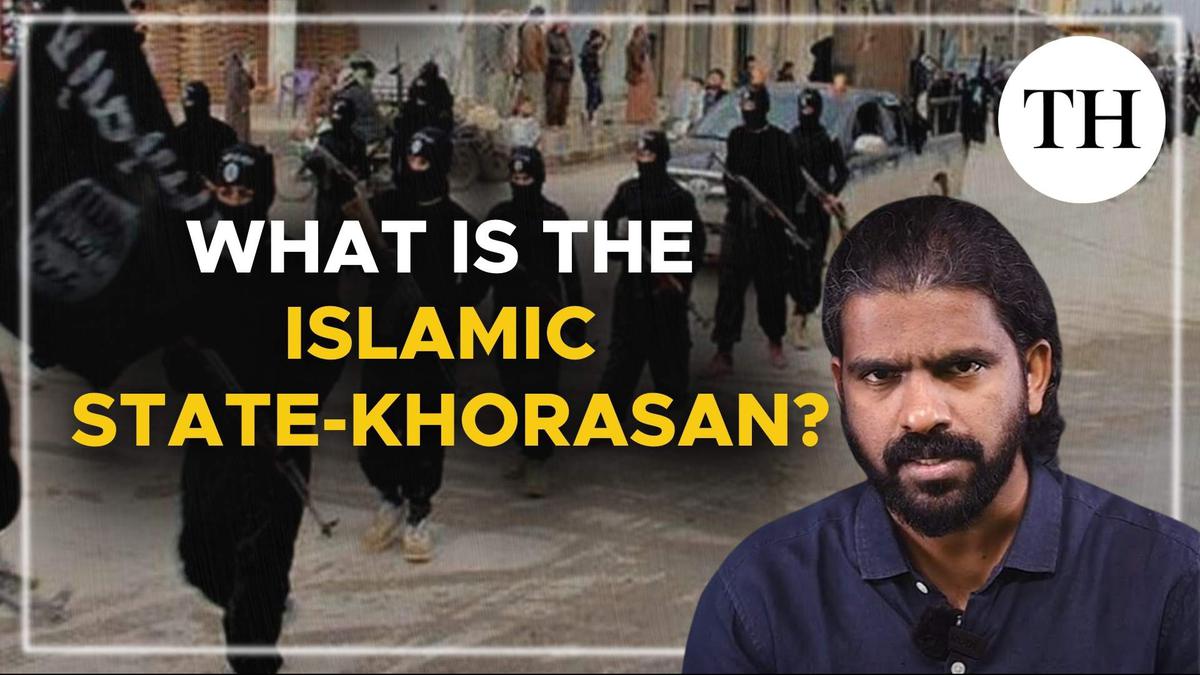In June 2015, a few months after the Islamic State (IS) announced its Wilayat Khorasan, the Taliban wrote a letter to the IS chief, Abu Bakr al-Baghdadi. The Taliban’s demand was that the IS should stop recruiting jihadists in Afghanistan. Both the Taliban and the Islamic State were insurgencies that time.
The letter, signed by the then political committee chief of the Taliban, Mullah Akhtar Mansour said there was room for “only one flag and one leadership” in the fight to re-establish Islamic rule in Afghanistan. Mullah Mansour would later become Taliban’s leader and be killed by a U.S. air strike in May 2016.

The Islamic State faction, which came to be known as the Islamic State-Khorasan, did not stop recruiting disgruntled Taliban fighters. Nor did it stop launching terror attacks across Afghanistan. Today, the Taliban are no longer an insurgency. They are the government in Kabul. And the IS-Khorasan has emerged as the most powerful branch of the Islamic State networks. It has training centres in the Taliban-ruled Afghanistan. It has recruited thousands of disgruntled Central Asians. It has carried out a number of attacks in recent months, including the January twin bombings in Kerman, Iran, a strike on a church in Istanbul and a massive attack on a concert hall in the outskirts of Moscow on March 22.
Armed gunmen opened fire at the Crocus City Concert Hall and threw explosives, killing at least 137 people and wounding nearly 200 others, in one of the worst terrorist attacks in Russia in years. Russian authorities have arrested and charged four Tajik nationals for the attack.
When the Islamic State announced the formation of the Khorasan Wilayat in January 2015, referring to an geographical area encompassing Afghanistan, Pakistan and Central Asia, the group’s immediate strategy was to exploit the divisions within the main jihadist groups operating in the region. It appointed Tehrik-i-Taliban Pakistan (TTP) commander Hafiz Saeed Khan as its leader and former Afghan Taliban commander Abdul Rauf Aliza as his deputy (both were killed in U.S. strikes). It attracted members from different militant organisations such as Lashkar-e-Taiba, Jamaat-ud-Dawa, the Haqqani Network and the Islamic Movement of Uzbekistan into its fold.
The IS-K declared its allegiance to Abu Bakr Baghdadi, the self-declared Khalifa, who was killed by an American strike in 2019. In operational tactics and ideology, it followed its parental organisation. The key goal is to establish “Islamic rule” in the “province” and for that they are ready to wage “jihad”. In a video message released in in 2015. the IS-Khorasan stated: “There is no doubt that Allah the Almighty has blessed us with jihad in the land of Khorasan since a long time ago, and it is from the grace of Allah that we fought any disbeliever who entered the land of Khorasan. All of this is for the sake of establishing the Shariah.”
When the Islamic State in Iraq and Syria came under pressure in 2015 and 2016, the core organisation shifted its focus to Afghanistan. The IS was losing territories to Kurdish militias in Syria and government forces and Shia militias in Iraq. In Afghanistan, a fractured country batted by civil war, the IS saw an opportunity to rebuild its organisation. Having built its base in eastern Afghanistan, the IS-Khorasan issued propaganda messages, calling on Muslim youth across Asia to join the group. Many radicalised youth, including dozens from India, travelled to Afghanistan to either join the IS or live an “Islamic life” under the Caliphate’s rule.
But this upset the Taliban, which did not want its monopoly of violent jihad to be challenged. The Taliban are a tribal, nationalist militant force, backed by Pakistan, whereas the IS-Khorasan doesn’t believe in national borders — they are global jiahdists fighting for a transnational Islamist Caliphate.
The ideological and operational differences led to open clashes between the IS- Khorasan and the Taliban. When the Taliban seized Kabul and took over prisons in August 2021, they freed several of their members, but executed IS-Khorasan militants and leaders. Currently, Shahab al-Muhajir is the Emir” of the group.
Why Russia?
The U.S. has carried out a number of targeted attacks, killing several of the IS-Khorasan leaders. In April 2017, then President Donald Trump ordered troops to drop the ‘Mother of all Bombs’, the most powerful non-nuclear bomb, on IS caves in eastern Afghanistan. But despite the U.S.’s targeted bombings and the Taliban’s counter-attacks on the ground, the IS-Khorasan has continued to expand its operations. When the Taliban established its regime in Kabul, the IS-Khorasan proclaimed that it is the real jihadist outfit. Militants from Central Asia who were part of the Islamic State Caliphate swelled the IS-Khorasan’s ranks after they relocated to Afghanistan.
The IS-Khorasan also launched propaganda videos targeting Afghanistan’s ethnic minorities such as Tajiks and Uzbeks, who were excluded by the Taliban’s Pashtun-only regime. Russia, its President Vladimir Putin and Iran emerged as the key enemies in the IS’s propaganda videos. After the Moscow attack, the IS said its soldiers had killed a “lot of Christians”. It also said Russia had “blood of Muslims on its hands”, referring to its military operations in Afghanistan, Chechnya and Syria.
Why does the IS hate Russia and Iran?
The answer lies in Syria.
The IS was founded in in Syria in 2014 amid the country’s civil war. It had grand ambitions, which were thwarted by Russia’s 2015 intervention. The IS captured eastern Syrian cities of Raqqa and Der Ezzour in 2013 and 2014, and it wanted to topple the regime of President Bashar al-Assad and capture Damascus, the seat of power of the Umayyad Caliphate in the seventh century.
But Russia’s intervention, along with help from Iran, which is a Shia majority republic, made sure that President Assad survived the civil war. In 2017, when the IS captured the ancient Syrian city of Palmyra, Russians fought along with the Syrian troops to liberate the city. Subsequently, the IS’s physical Caliphate was crushed by a host of forces — Kurds, Iraqis, Syrians and Iran-trained Shia militias with air cover from Russia and the U.S. Now, the IS-Khorasan sees ‘Christian’ Russia and ‘Rejectionist’ Iran (in the IS lexicon, Shias are “rejectionists”, who rejects the first three Caliphs of Sunni Islam) as top enemies.
Today, the IS-Khorasan wants to be the centre of global jihadism. Back-to-back attacks in different places from Istanbul to Kerman to Moscow suggest that the group is on a path to revival, six years after its physical Caliphate was destroyed. Chaos in West Asia, a base in Afghanistan, and foot soldiers from Central Asia are all helping the group expand its activities, with a highly sophisticated internet propaganda.
Reporting: Stanly Johny
Production: Shibu Narayan and Shikha Kumari

